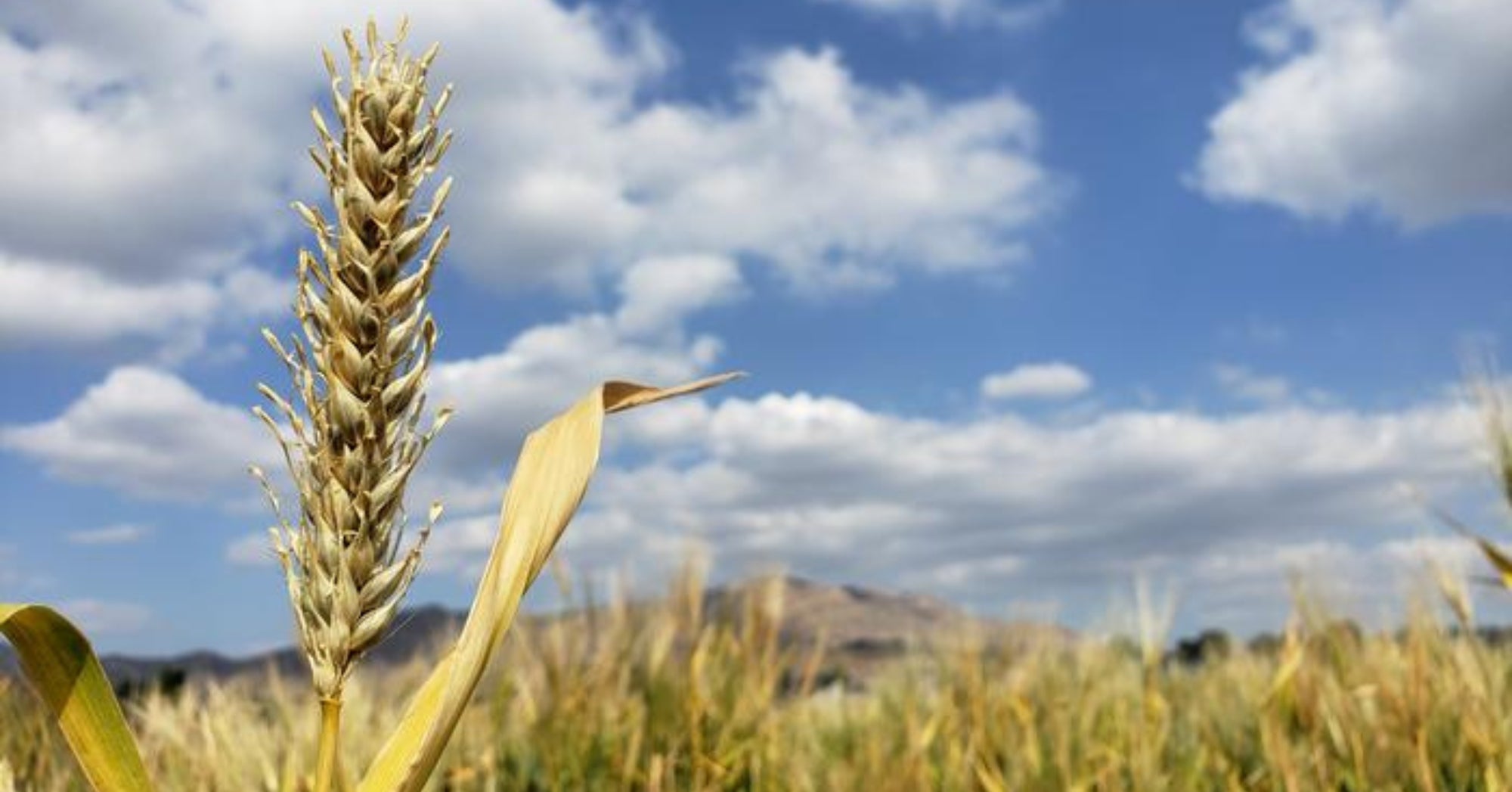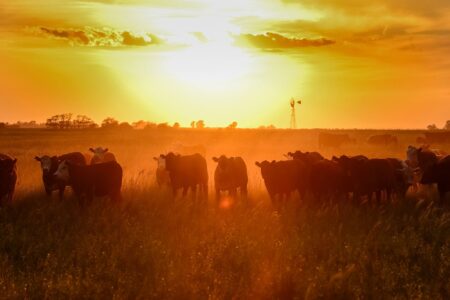Thanks to an experiment started before the Great Depression, researchers have pinpointed the genes behind the remarkable adaptability of barley, a key ingredient in beer and whiskey. These insights could ensure the crop’s continued survival amidst rapid climate change.
Grown everywhere from Asia and Egypt to Norway and the Andes mountains of South America, barley is one of the world’s most important cereal crops and has been for at least 12,000 years. As it has spread across the globe, random changes to its DNA allowed it to survive in each new location.
It is critical to identify the genes that changed to predict which varieties will thrive in places now struggling with increasingly hotter temperatures, longer stretches of drought, and more dramatic storms.
“Breeders have long understood the need to develop crops that were well tuned to their local environment. So, a century ago, they started this experiment in Davis, California with barley varieties from all over the world with the goal of identifying locally adapted varieties,” said Dan Koenig, UC Riverside geneticist.
“The scientists who started the experiment didn’t have the ability to pinpoint which genes make barley successful and high yielding in a particular environment, but we can now study tens of millions of genetic changes in a single experiment in my laboratory,” Koenig said.
Dozens of genes that contribute to barley’s adaptability are described in a new study appearing in the journal Science. Koenig, who is corresponding author of the study, explained that some of the genes they identified help barley time its reproductive processes to the most optimal parts of the breeding season.
“Flowering either too early or too late means the plant won’t be able to produce seeds,” said Koenig. “For crops to produce the maximum amount of seed, they must flower in a very narrow window.”

In California, crops must finish flowering before the long dry season begins, or there won’t be enough water to make seeds. But if the plants flower too early, they might be exposed to frost. The researchers identified how genetics enable flowering in exactly the right window, with several genes promoting early flowering and others reducing late flowering.
Identifying these genes was not an easy process. “One of the challenges in understanding genetic adaptations is that seeing it can take decades, since you can only grow one generation of barley a year,” Koenig said.
Fortunately, Koenig and his colleagues have access to the Barley Composite Cross II experiment, founded in Davis, California, in 1929, one of the world’s oldest biological experiments. It was initiated to discover new barley varieties for the California market. Breeders competed thousands of genetically distinct types of barley against one another for decades in Davis. The barley that grew best in the hot, dry California climate outcompeted its neighbors and became more frequent over time.
Koenig’s group realized the seed from this experiment could be used as a time machine to directly observe the process of adaptation and to identify genes that enabled survival.
During these 58 growing seasons, the field went from 15,000 genetically distinct individual plants to a single plant lineage dominating 60 percent of the population, with no selection at all by human beings.
“We were shocked by the amount of change that occurred over a short evolutionary time,” Koenig said. “Natural selection completely reshaped genetic diversity across the whole genome in just a human’s lifetime.”
The research team is planning additional studies to examine long-term experimental data from different climates, to understand how the timing of flowering may be tuned differently.
Also, the team would like to gain a better understanding of something curious they observed. During the Davis experiment, the population of plants contained varieties from many places. As they adapted to Northern California, the plants naturally increased their yield by almost double. However, this increase is still less than what breeders get with a manual selection strategy.
“Yield may be in competition with other traits, such as growing fast, or tall,” Koenig said. “Growers want plants that make for friendly neighbors, but being friendly might limit adaptation to the environment.”
Because barley is genetically similar to wheat, rice, and corn, insights into how it survives in such diverse environments could be used to help these other grains adapt to climate extremes.
Using modern technology like genome engineering and CRISPR, researchers could try to engineer other crops that flower at specific, more advantageous times.
“Barley’s ability to adapt has served as a cornerstone to the development of civilization. Understanding it is important not just to keep making alcoholic beverages, but also for our ability to develop the crops of the future and enhance their ability to adapt as the world changes,” Koenig said.


:max_bytes(150000):strip_icc()/46495119094_d2bc74feb9_o-2000-5b4c22e8d6b94a8cbafaea4e3819967d.jpg)
:max_bytes(150000):strip_icc()/wade-boeshans-executive-vice-president-of-summit-carbon-solutions-testifies-april-22-2024-in-mandan-north-dakota-during-a-public-service-commission-hearing-photo-by-kyle-martin-for-the-north-dakota-monitor--ff7282b7c3e747d082717cc6eafeaa49.jpg)
:max_bytes(150000):strip_icc()/7020555farm_field-1342991889_Thomas_Barwick_preview-5cbe28e833e04c298f11ce1a25869c14.jpg)



:max_bytes(150000):strip_icc()/vintage20red20barn20and20farm-bb9ce25774f741e4991f184fa42bdc92.jpg)

:max_bytes(150000):strip_icc()/7020558ProblemArt-MidNov24-371f0040af164f0aaa81d88c20958e94.jpg)